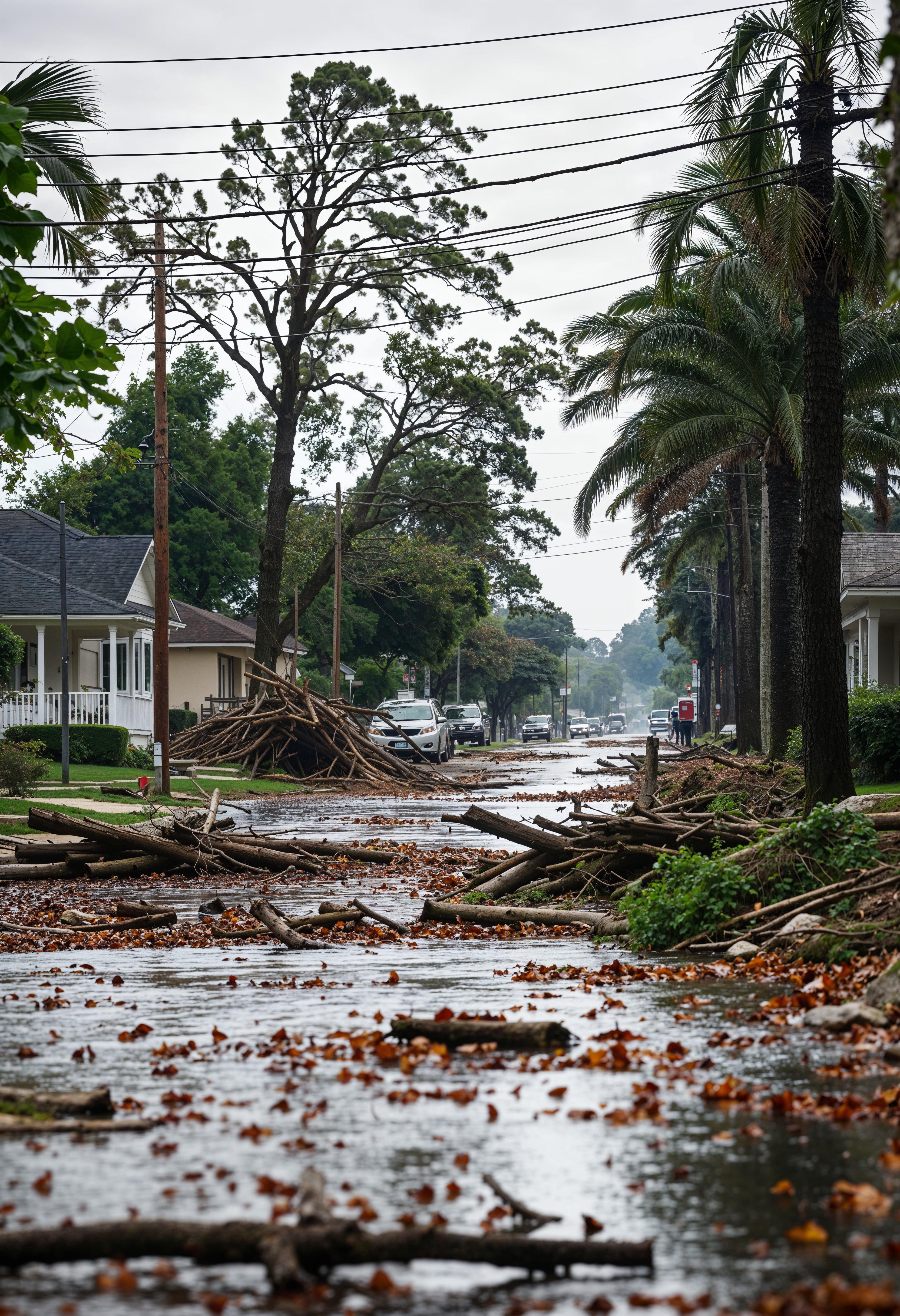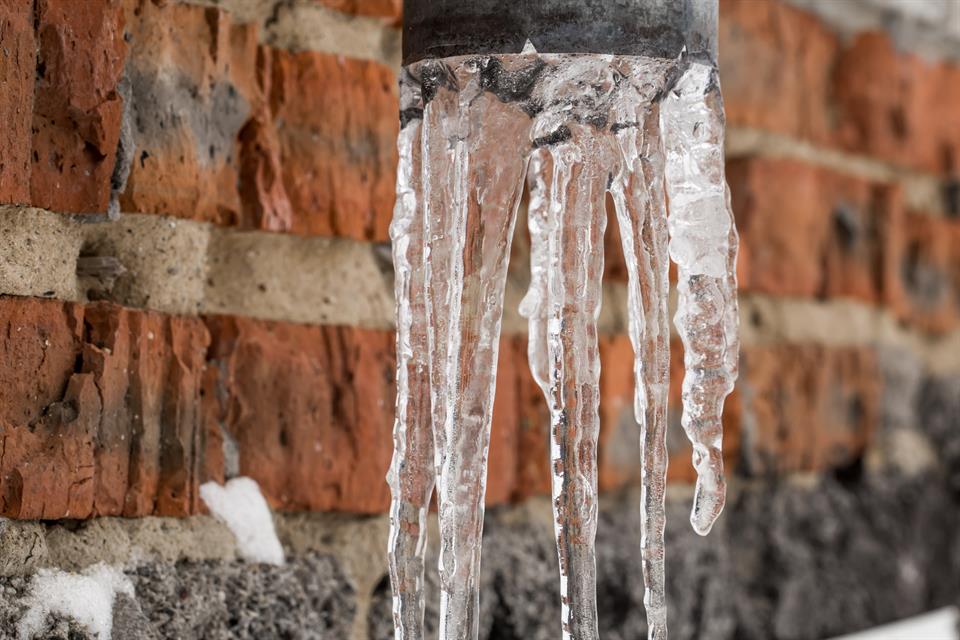Hurricane-Related Disruptions in Texas
Power Grid and Electrical Infrastructure
Hurricane impacts create extensive and prolonged electrical system disruptions across Texas. High winds topple transmission lines, utility poles, and transformers, often leaving millions without power for days or weeks following major storms. Hurricane Harvey left 300,000 customers without electricity for over a week, while Hurricane Ike caused power outages, affecting 2.6 million Texas residents. Coastal refineries and power plants face mandatory shutdowns during hurricane threats, reducing regional electrical generation capacity even before storm arrival. The interconnected nature of Texas's electrical grid means that localized hurricane damage can trigger cascading outages affecting areas hundreds of miles from storm centers. Restoration efforts face significant challenges when hurricane flooding prevents utility crews from accessing damaged infrastructure, extending outage durations substantially beyond typical storm recovery periods.
Transportation and Logistics Networks
Hurricane events severely disrupted Texas's extensive transportation infrastructure critical to both state and national commerce. Major highways, including I-10, I-45, and US-59, experience closures due to flooding, wind damage, or debris, isolating communities and preventing emergency response access. The Houston Ship Channel, one of the nation's largest ports, typically suspends operations 24-48 hours before hurricane arrival and may remain closed for days afterward depending on damage assessment and channel dredging needs. George Bush Intercontinental Airport and Houston Hobby Airport cancel hundreds of flights during hurricane events, creating ripple effects throughout national air travel networks. Railroad operations face extensive disruptions when flooding covers tracks or high winds damage rail infrastructure, affecting freight movement across multiple states. These transportation disruptions compound hurricane recovery challenges by preventing supply delivery and evacuation coordination.
Economic and Industrial Operations
Texas's energy sector faces particularly severe hurricane-related disruptions given the state's role in national oil and gas production. Coastal refineries representing nearly 30% of U.S. refining capacity shut down operations during hurricane threats, affecting fuel availability nationwide. Offshore drilling platforms in the Gulf of Mexico evacuate personnel and cease operations, temporarily reducing domestic energy production. Hurricane Harvey's impact on petrochemical facilities caused nationwide shortages of certain plastics and chemicals for months following the storm. Agricultural disruptions affect Texas's substantial cattle, cotton, and rice industries, with flooding destroying crops and displacing livestock. The interconnected nature of modern supply chains means that Texas hurricane disruptions affect manufacturing and commerce throughout North America, with recovery periods sometimes extending 6-12 months for complete industrial operation restoration following major hurricane events.
Communications and Essential Services
Hurricane winds and flooding systematically compromise Texas communications infrastructure, isolating affected communities from emergency services and family contact. Cell towers lose power or suffer physical damage, creating dead zones that may persist for weeks in severely impacted areas. Internet service faces extended outages when fiber optic cables flood or above-ground infrastructure suffers wind damage. Water treatment facilities lose power or sustain damage, forcing boil-water advisories or complete water service interruptions affecting millions of residents. Hospital systems face dual challenges of increased patient loads from hurricane injuries while operating on backup power with limited supplies due to transportation disruptions.






